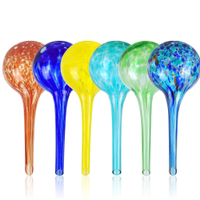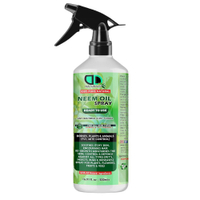Why is my peace lily dying? Plant experts reveal the most common causes and cures
Feeling perplexed as to why your peace lily hasn't been looking its best lately? Experts reveal all the reasons your plant might be dying
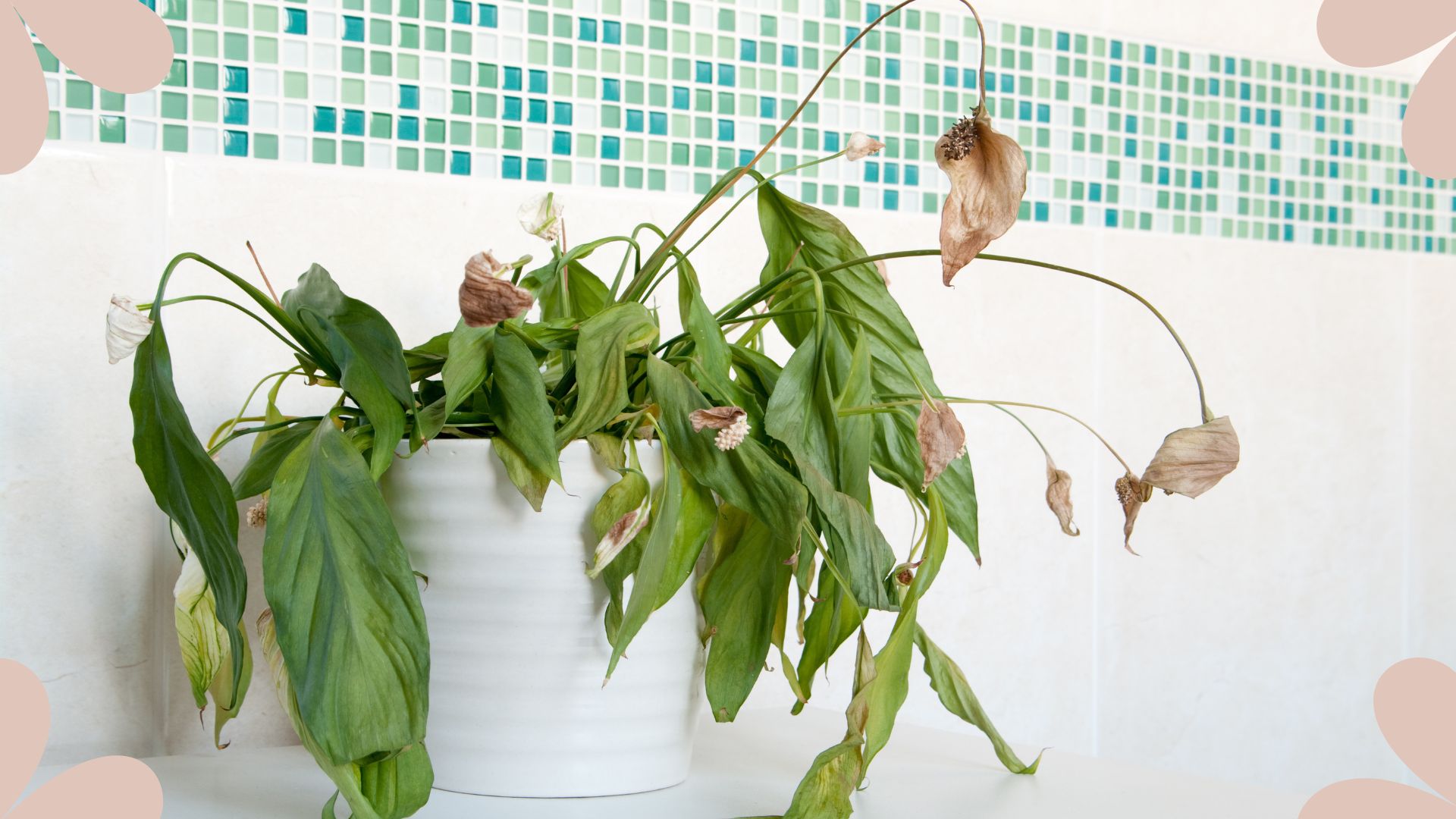

There's nothing more disheartening than finding your peace lily looking less than happy, with its wilted leaves and drooped appearance it can be frustrating to figure out why.
Even when you think you know how to care for a peace lily, it can surprise you and show signs of dying out of nowhere. And whilst a peace lily is considered one of the easiest houseplants to keep alive there are certain needs the plant needs that can be the matter of it surviving or not.
With that in mind, we've spoken to plant experts to get to the bottom of why a peace lily can die and what steps you can take to try to resurrect it.
Why is my peace lily dying?
The peace lily is one of the most common houseplants for several reasons, not only is it one of the plants that help with condensation but it also purifies the air. So it's also a perfect plant to have in your kitchen to remove odours and other harsh chemicals that may be in the air.
When you consider this plant's stubbornness it can be quite confusing as to why it can die or be sensitive to certain condition changes. We put it to the plant experts...
1. Watering schedule
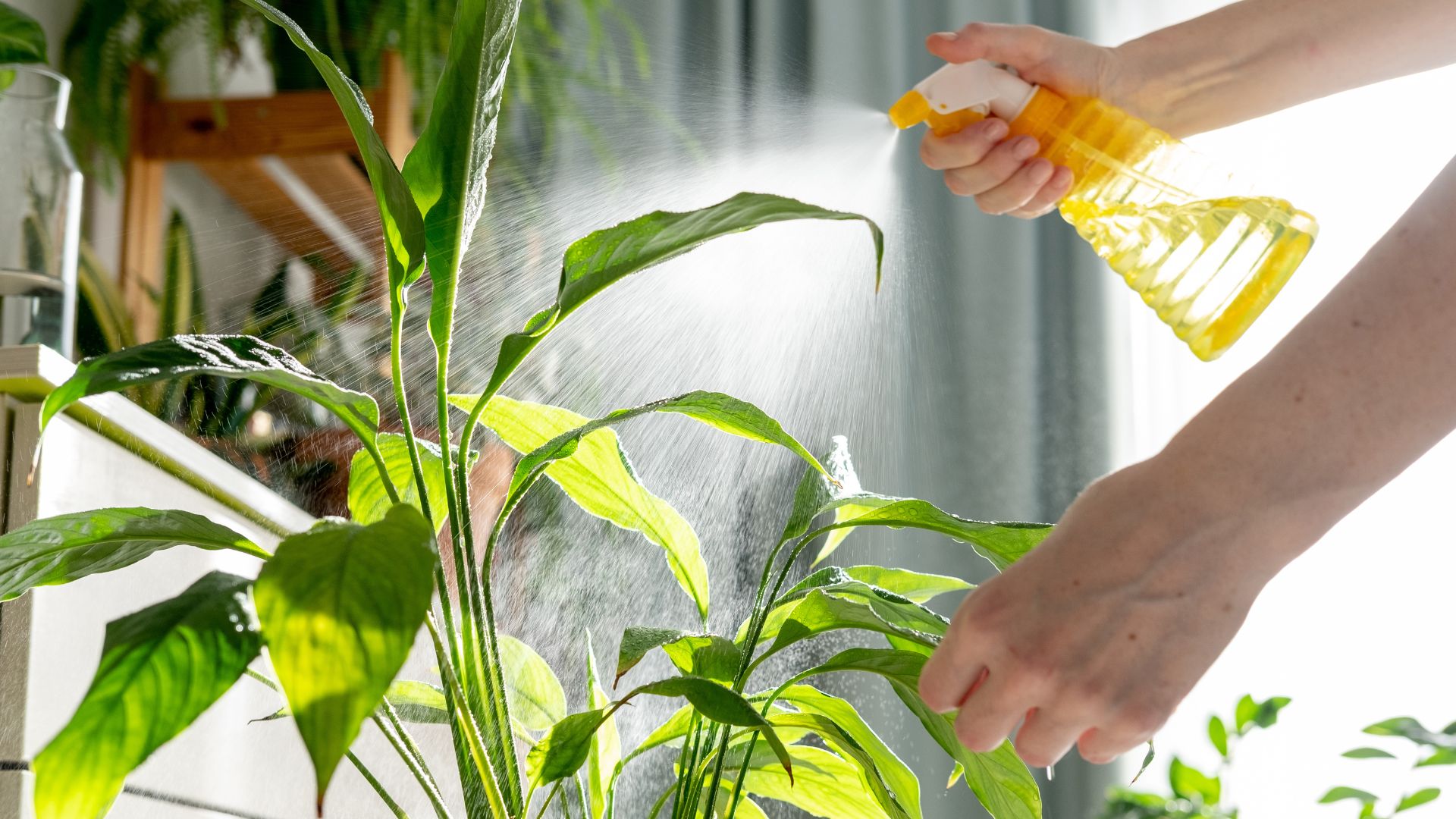
Knowing how often to water your indoor plants is a key part of their maintenance, it could even be considered the most important part of looking after your plant.
Speaking to an expert florist at Eflorist, David Denyer says, "Peace lily decay can occur for several reasons, but often inconsistent watering is the key issue. Underwatering will result in your plant wilting and withering away while overwatering can lead to your peace lilies suffering from root rot."
Sign up for the woman&home newsletter
Sign up to our free daily email for the latest royal and entertainment news, interesting opinion, expert advice on styling and beauty trends, and no-nonsense guides to the health and wellness questions you want answered.
Root rot is a plant condition that causes the roots to become waterlogged and unable to take in any air. This in turn inhibits the plant from absorbing any water and nutrients which will lead to the plant ultimately dying.

As a celebrated figure in the world of floral design, David has captivated audiences with his stunning floral arrangements and designs for years. He is a two-time Florist of the Year and six-time Chelsea Gold Medalist, whilst also being the in-house plant expert for Eflorist.
AMFUN Plant Watering Globes Stakes, £17.99 for 6 at Amazon
These attractive hand-blown colourful glass watering devices are an easy way to employ a self-watering feeding system for your indoor potted plants.
2. Poor placement
Placing your plant in the wrong spot in your home is one of the most common houseplant mistakes you can make and will lead to ill health for your peace lily.
"Another reason why your peace lilies may be dying is because they are receiving too much direct sunlight," explains David. "If you notice that your houseplant is drooping and its leaves have become crunchy and brown in colour, it is probably time to say goodbye."
To stop your peace lily tips from going brown, David suggests finding a spot in your home where there is bright, indirect lighting and making sure to avoid direct sunlight at all costs.
3. High humidity levels
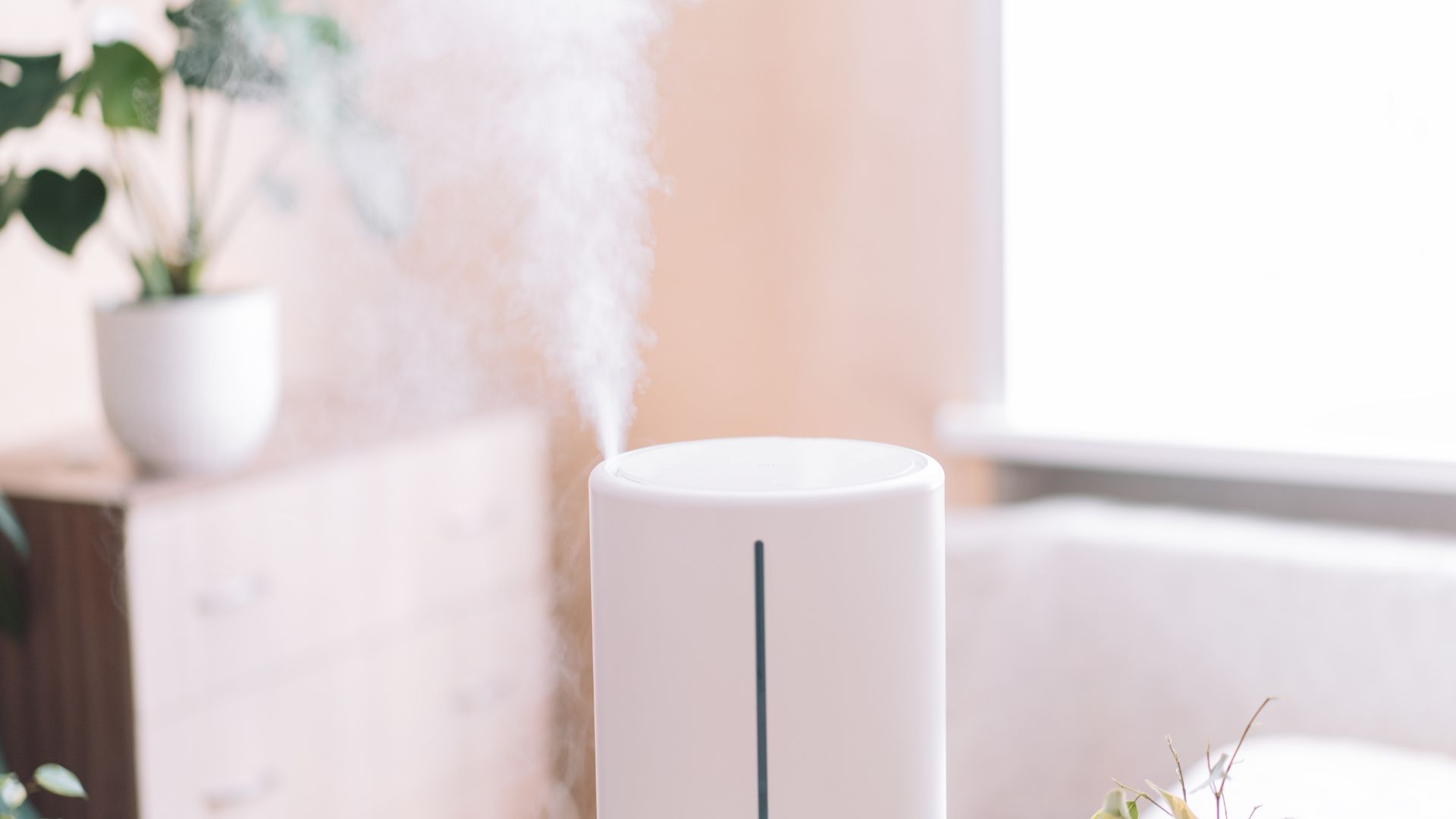
Along with sun and water, peace lilies like a certain amount of humidity in the environment they're in. A significant amount of humidity could be one of the main reasons your peace lily's leaves started to yellow before they truly began to wither.
"Peace lilies thrive in warm temperatures between 18-30°C," explains Fiona Jenkins, a qualified plant expert at MyJobQuote. "If your home is constantly cool, it might affect the plant's health. Dry air can stress the plant and discourage growth. Increase humidity around your peace lily using a pebble tray filled with water or with a humidifier."
Whilst this may not be the most important condition to keep on top of it can be the one that starts your plant on the journey to its dying.

With over 25 years of experience under her belt, Fiona is a trained gardener who offers advice and insight to several trade companies and homeowners. She has also been featured as a gardening expert for several publications.
4. Persistant pests
One matter you might not have been aware of when you think about caring for indoor plants is the issue of pests. Whether that's how to get rid of tiny black flies or remove gnats from your flowers.
"Lastly, if you find your peace lily dying, pests may be the additional culprits. Pests like spider mites, aphids, or mealybugs can cause your peace lily distress and result in drooping leaves," explains David.
Pests can hide very easily, but you will more often than not notice their activity, whether tiny dots on plant leaves, yellowing foliage or fine webbing on stems. David recommends regularly inspecting your plant for pests and signs of infestation and treating the plant with insecticidal soap or neem oil which is a natural pesticide.
DD Organic Neem Oil: £12.49 at Amazon
If you want to ensure no pests are taking over your peace lily, try applying this natural pesticide to your plant and your plant will continue to live in peace.
FAQs
Can you revive a peace lily once it's dead?
Peace lilies are one of the best plants for your health and well-being so it's a disappointing day when you find your plant has died. However, there might be a way to resurrect it.
Jane Dobbs, lead gardener at Allan's Gardeners, says, "Getting a peace lily back to life can be tough, but it's not impossible. Remove the plant from its pot and look at the roots. Healthy roots are white or light tan. A rotting root will be mushy, black, and smell foul. Remove all the dead and dying leaves, pull downward, and check for healthy tissues. Gently wash the roots to get rid of old soil."
Once your plant is ready to be repotted, Jane explains that you'll need fresh potting soil for it and peat moss, perlit or pine bark work well for peace lilies especially. When it comes to how to repot a plant it's important to get a pot that has drainage and is just a bit larger than the root ball of the plant.
"Put it somewhere with bright, indirect light. You don't want direct sunlight scorching the leaves. Look for new leaves at the base. This means the plant's recovering. You may have to wait a couple of months before it blooms," continues Jane.
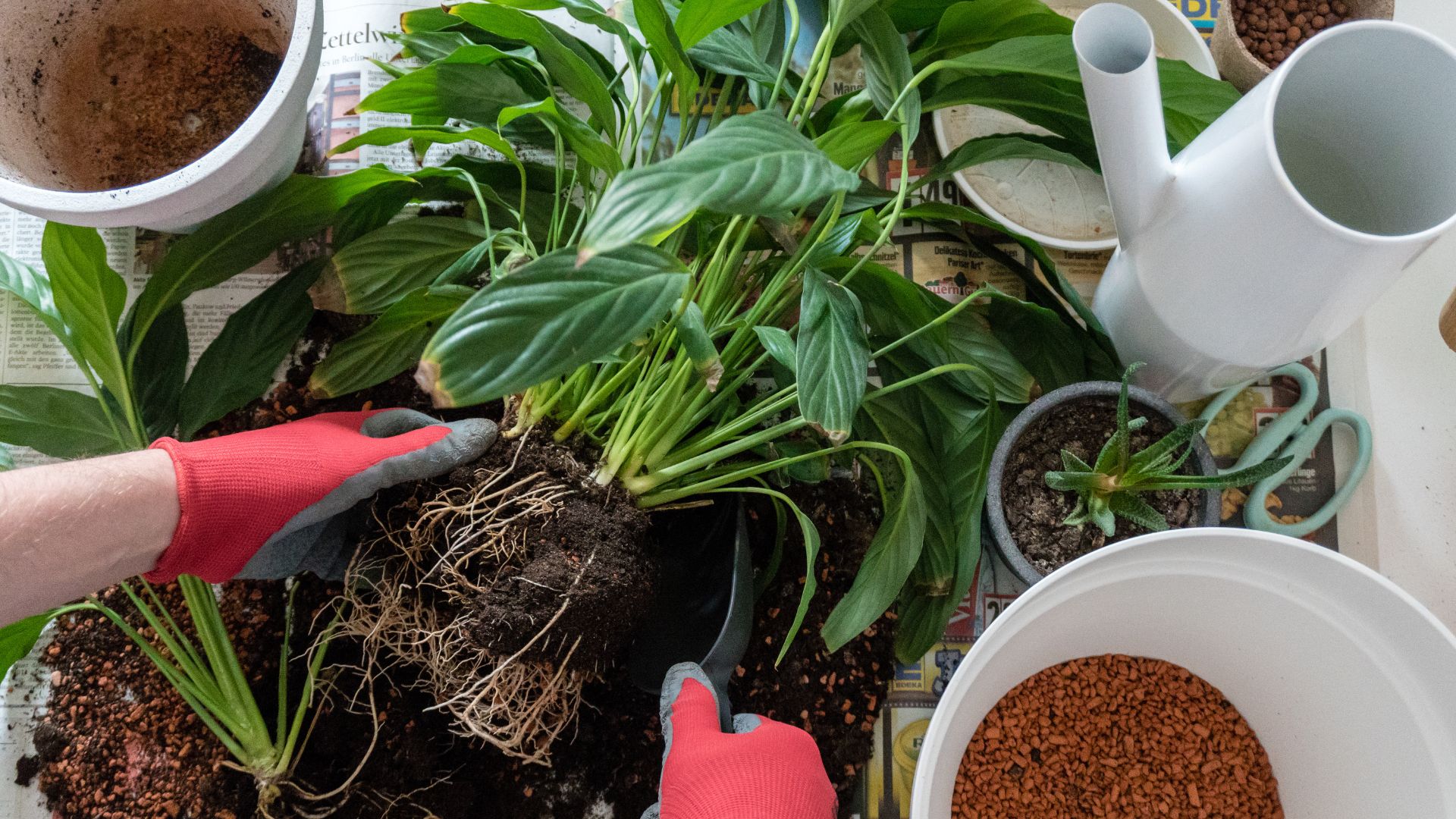
What are the signs of a dying/dead peace lily?
When it comes to what a dead or dying peace lily looks like the signs are pretty obvious.
"A leaf turning brown and becoming crispy is usually a sign of severe dehydration or too much sunlight. You might be too late if the plant stays wilted and doesn't perk up after thorough watering. There won't be any new leaves or shoots on a dead peace lily," explains Jane.
You'll know if your peace lily has died if there's been no new growth for a long time and if your plant has developed root rot, it might be the end of the line.

Gardening is Jane's passion, having built and maintained stunning outdoor spaces for over a decade. Taking care of all the garden projects at Allans' Gardeners is her responsibility as lead gardener. A wide range of horticultural practices come into play in Jane's work, from landscape design to plant and lawn care.
The best way to keep your houseplants happy is to maintain them and check them over regularly, this way you can be on top of any warning signs that may present themselves to prevent them from worsening.

Emily joined woman&home as a staff writer after finishing her MA in Magazine Journalism from City University in 2023. After writing various health and news content, she now specialises in lifestyle, covering unique cleaning hacks, gardening how-tos, and everything to help your houseplants thrive.
-
 The best films of the 1960s - from New Hollywood greats to experimental new wave flicks
The best films of the 1960s - from New Hollywood greats to experimental new wave flicksWe look back at one of the greatest decades in cinema history
By Anna Paul
-
 Creative ways to enjoy food at home for a dinner party with a difference
Creative ways to enjoy food at home for a dinner party with a differenceTimeless culinary combinations and some fresh ideas from food and drinks experts
By Lauren Hughes
